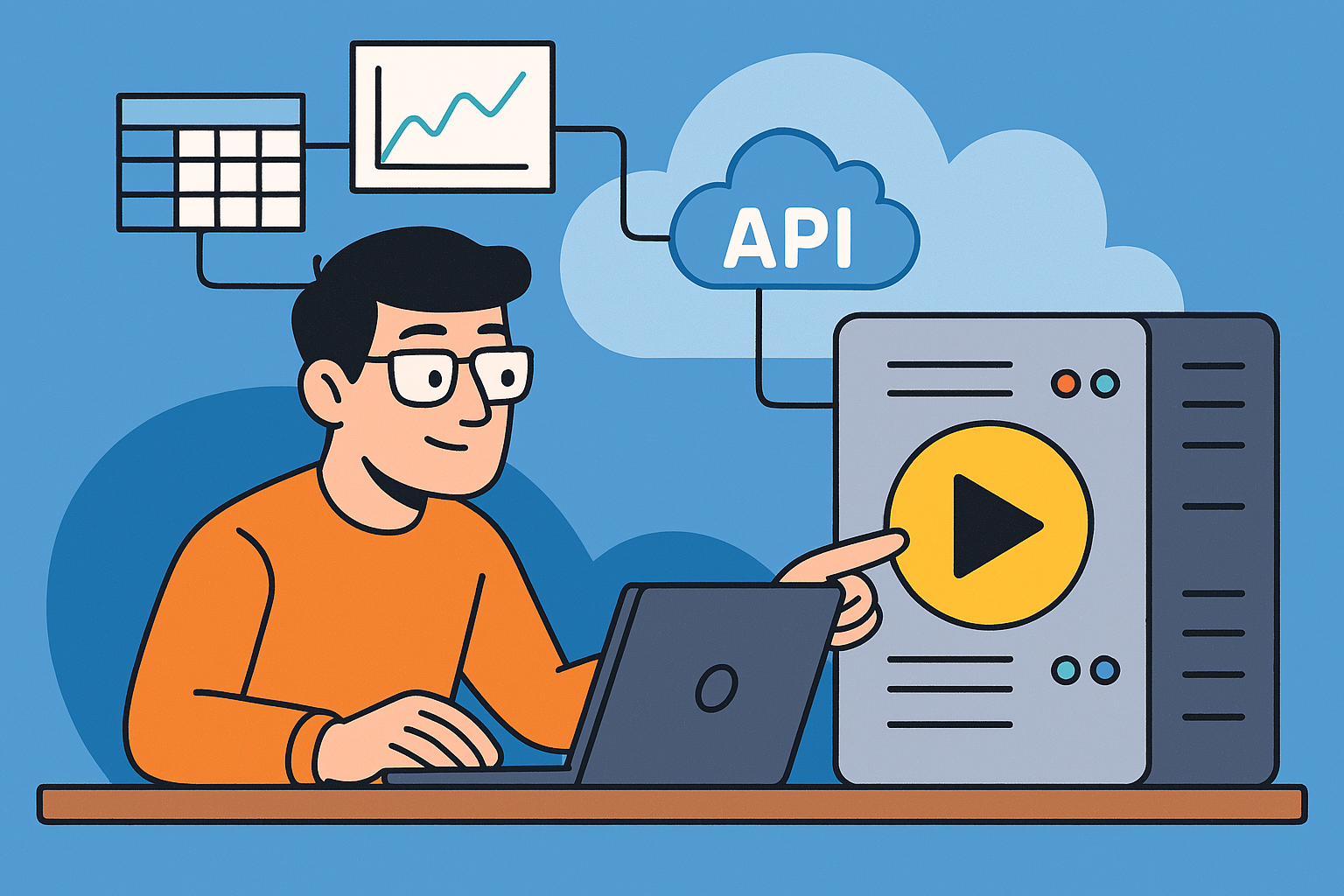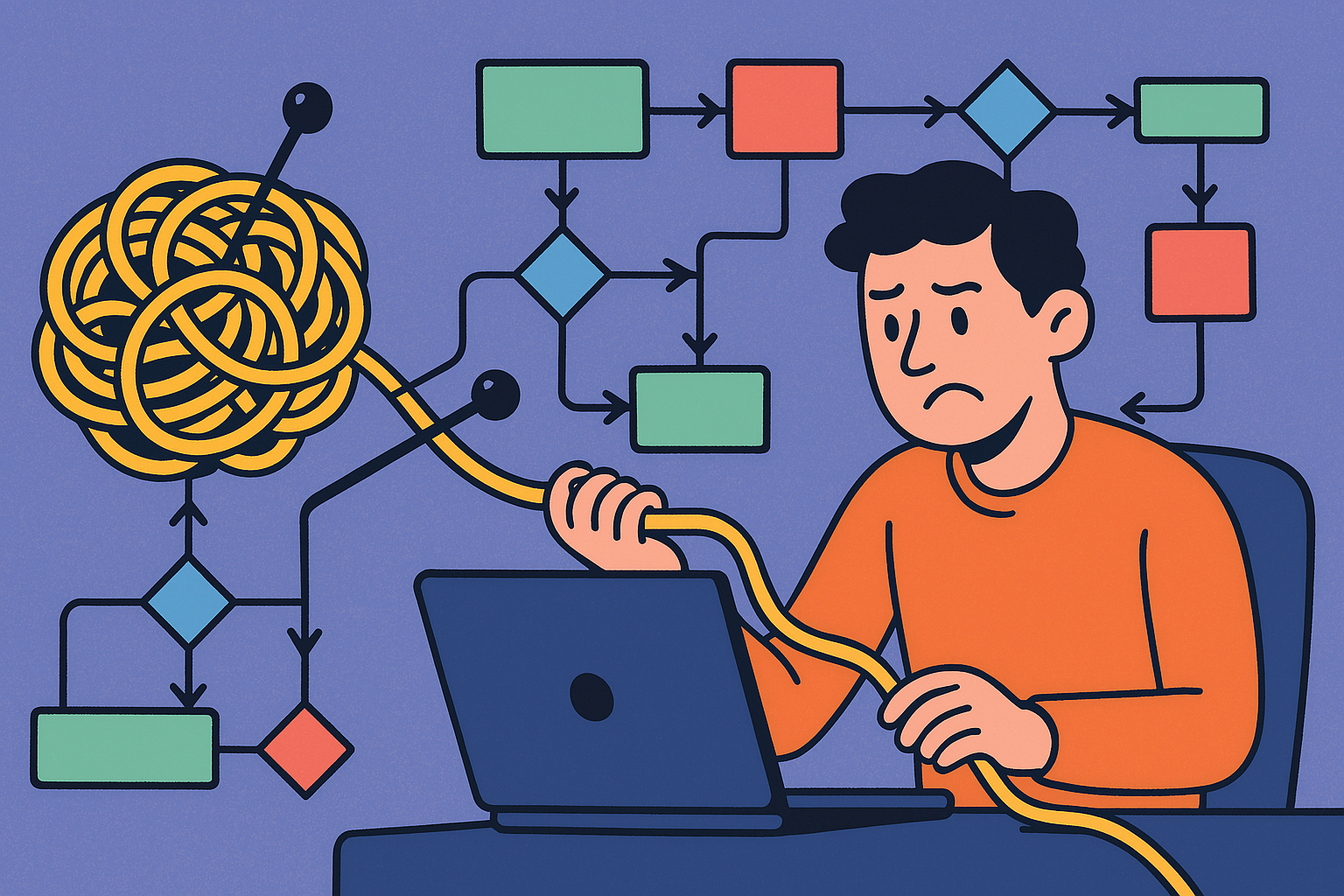Let’s be honest—integrating APIs from different eras and ecosystems shouldn’t still be a nightmare in 2025. And yet, we’ve all been there: juggling SOAP services from that legacy ERP, a handful of REST endpoints for your cloud apps, and a couple of GraphQL APIs someone spun up last quarter. It’s a mess of protocols, payloads, and headaches.
But here’s the good news: Martini makes integrating REST, GraphQL, and SOAP APIs not just possible—but downright seamless.
I’ve done it myself, and I’m going to show you exactly how. Whether you're automating workflows, building a unified backend, or just sick of stitching everything together manually, this guide walks you through bringing all three API types into a single Martini workflow.
Why You Shouldn’t Have to Choose Between APIs
In a perfect world, every system would use modern, well-documented REST APIs. But in the real world? Legacy SOAP services still power mission-critical systems. GraphQL is growing fast—especially in frontend-heavy stacks—and REST remains the backbone of most integrations.
With Martini, you don’t have to choose. You can:
- Consume a REST API from Salesforce
- Query a GraphQL service for dynamic content
- Pull data from a legacy SOAP-based warehouse
- And tie it all together into a single, automated workflow
Let’s get into the how.
Step 1: Set Up Your API Connectors in Martini
First things first—Martini’s Consume API wizard makes connecting to external APIs almost laughably easy. Whether you’re dealing with REST, GraphQL, or good ol’ SOAP, this wizard walks you through the setup and auto-generates reusable services for each operation. No manual wiring. No guesswork.
Here’s how to handle each type:
🔹 REST API
- Open the Consume API wizard from the toolbar.
- Choose to import your API via OpenAPI spec, Postman collection, or define it manually.
- Enter the base URL and any required auth (OAuth, API keys, headers—you name it).
- Martini parses the definition and generates services you can drag straight into your workflows.
🔹 GraphQL API
- In the Consume API wizard, select GraphQL as the API type.
- Provide the endpoint and schema (Martini will introspect it automatically).
- You’ll get fully formed operations, ready to use and reuse across your workflows.
🔹 SOAP API
- Select SOAP in the wizard and upload the WSDL file.
- Martini handles the parsing, creates callable services for every operation, and manages XML serialization and deserialization.
- The result? A clean set of services that feel just as modern as your REST calls.
You don’t need to write any boilerplate. You don’t need to worry about protocol quirks. Just pick your API, point Martini at it, and get working services out the other side.
Step 2: Build a Unified Workflow
Now the fun part: orchestration.
Using Martini’s low-code workflow builder, you can stitch these APIs into a single process like this:
- Start with a REST call to get a customer ID.
- Use that ID in a GraphQL query to fetch user activity.
- Pass the combined data into a SOAP service to update legacy records.
Each step is visual. Each response can be mapped, transformed, and reused with built-in tools. And if you ever hit a limit? Just drop in a custom script to handle the edge case.
No jumping between tools. No writing glue code. Just one clean, connected workflow.
Step 3: Transform and Map Your Data
Let’s face it—data rarely plays nice across APIs. REST gives you JSON. SOAP dumps XML. GraphQL is whatever you ask for.
Martini handles all the heavy lifting here:
- Use visual mappers to transform payloads from one format to another.
- Create reusable data models or import them from Negroni.
- Normalize everything so your downstream systems don’t care where it came from.
Bonus tip: With Negroni, you can model your enterprise data once, and expose it as consistent APIs across the board—making Martini’s workflows even easier to manage.
Step 4: Automate, Trigger, and Scale
Want to run this workflow on a schedule? Or when a webhook fires? Or from inside a Bellini-built app?
Martini’s automation engine lets you:
- Set up triggers from incoming API calls, databases, or time-based events
- Call workflows from other services or embed them in applications
- Expose your workflows as a REST or GraphQL API to consume in other applications
Basically, you’re not just integrating APIs—you’re orchestrating your backend like a pro.
Final Thoughts: Low Code, No Limits (Really)
Here’s the thing: most “low-code” platforms choke the moment you throw real-world complexity at them. Not Martini. This is low code built for developers like us—who live in messy, hybrid environments and need tools that flex.
Integrating REST, GraphQL, and SOAP shouldn’t feel like solving a Rubik’s cube. With Martini, it doesn’t.
So stop fighting your APIs. Start orchestrating them—your way.
👀 Want to see it in action? Grab the free edition of Martini and start integrating APIs like it’s second nature.
Have questions or cool use cases to share? Jump into the Lonti Community and let’s geek out.
 is now
is now


